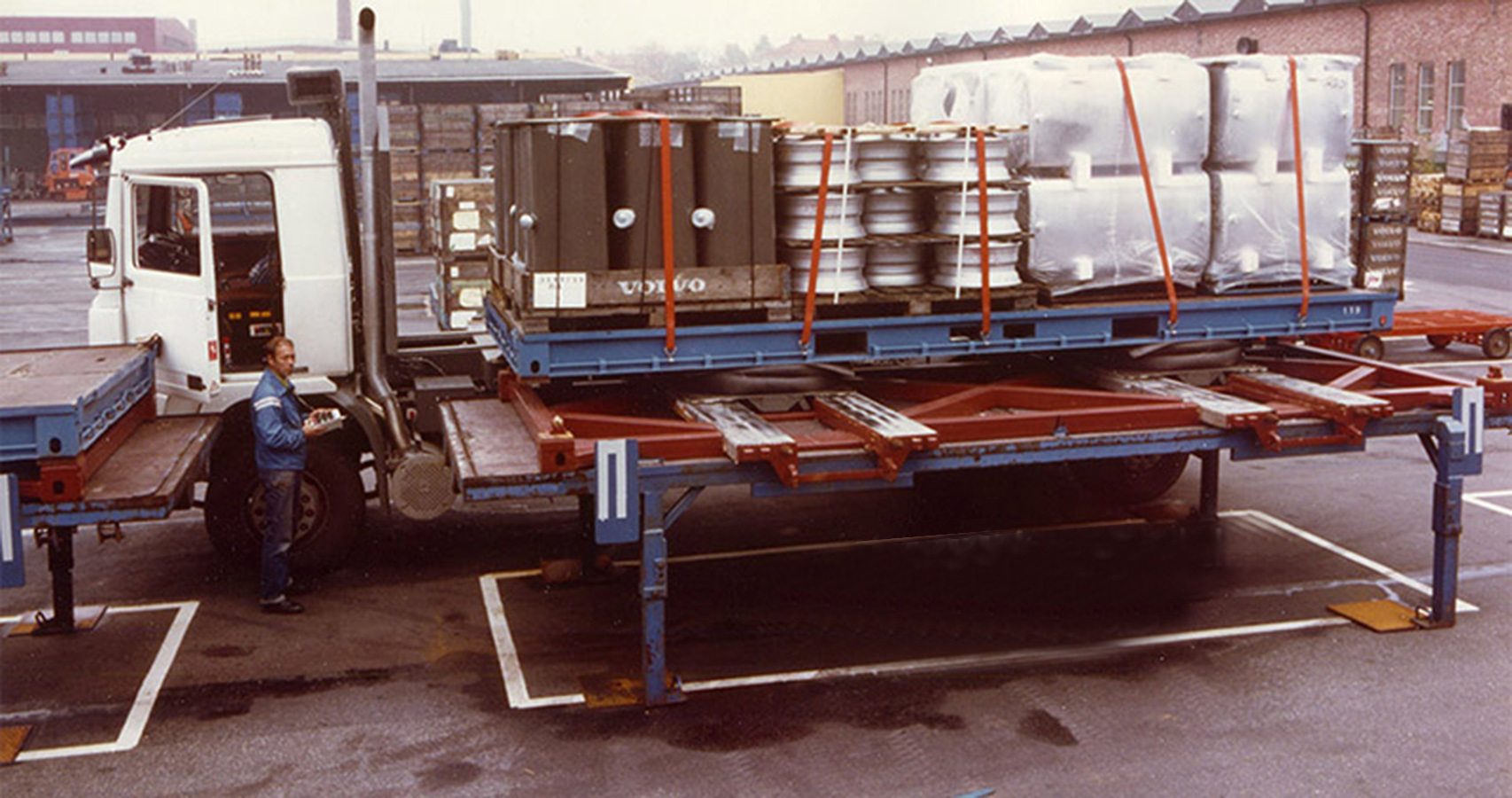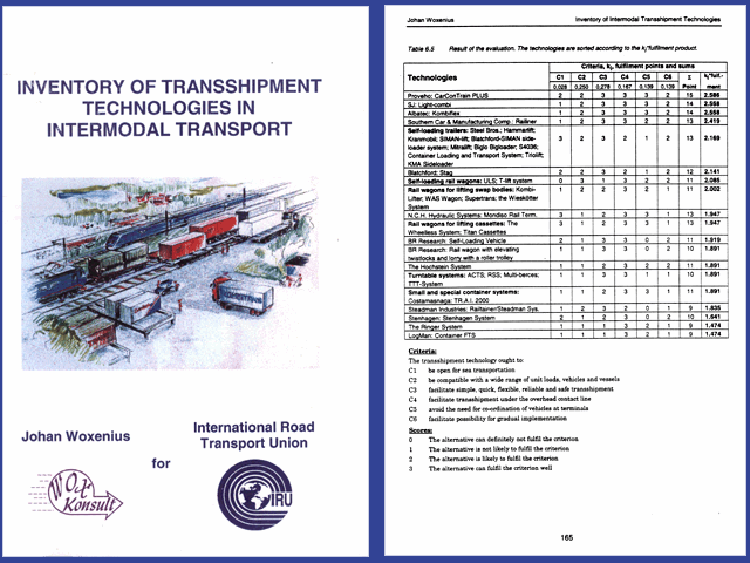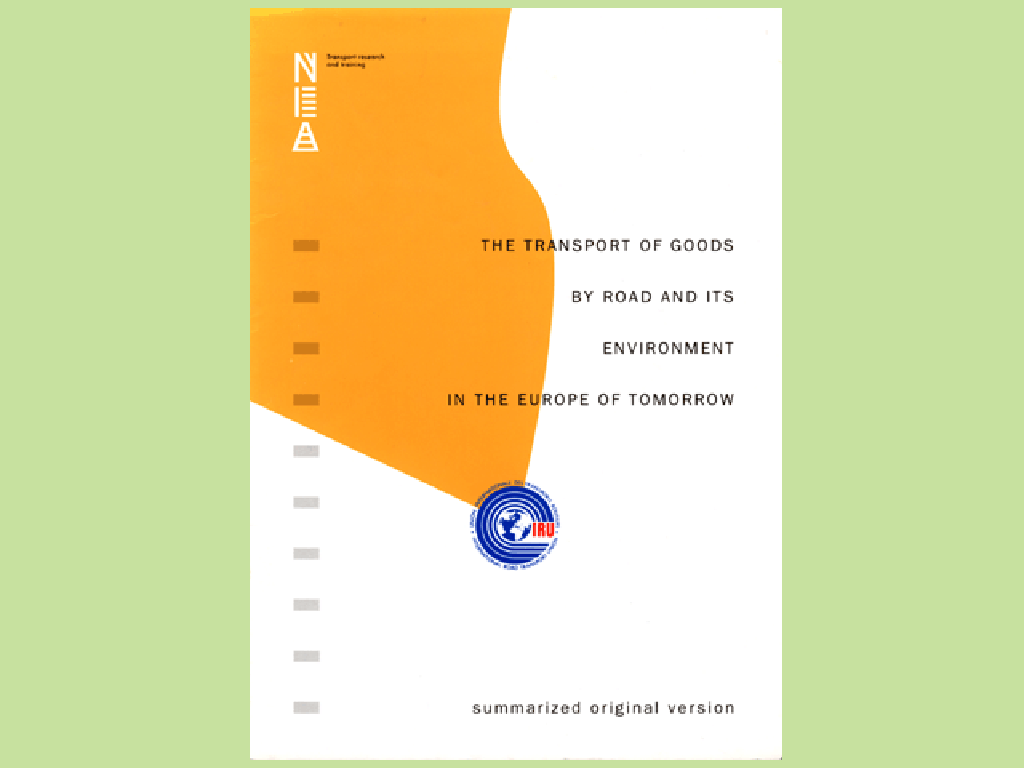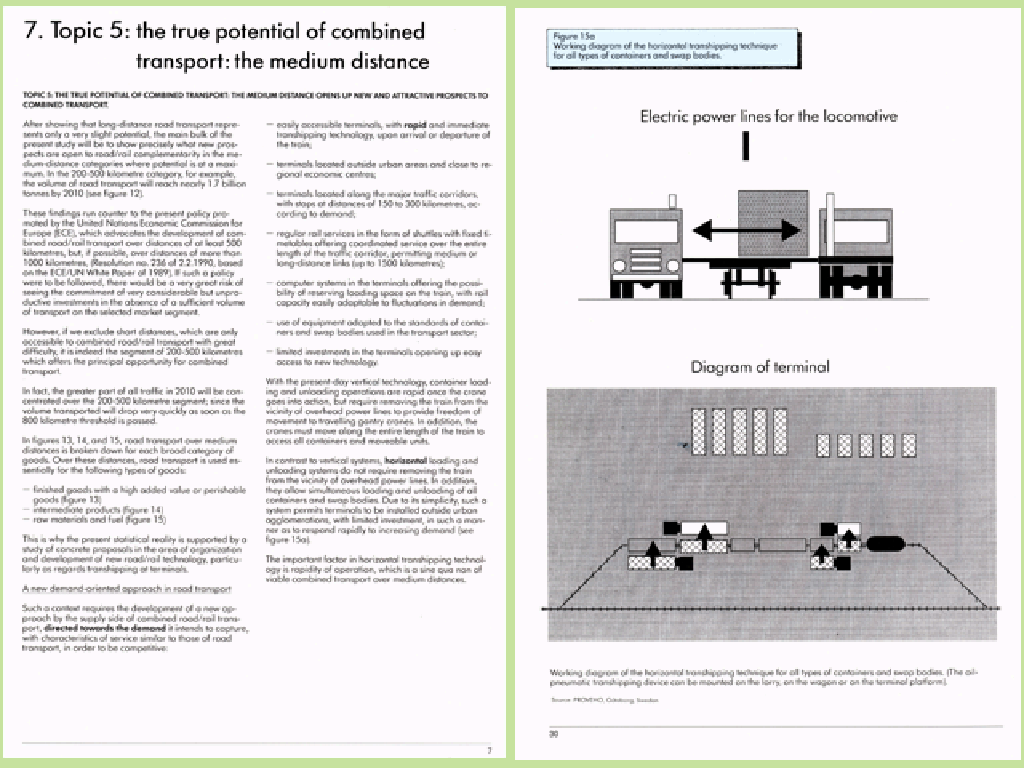

A little history of developments in the transport sector
CCT and CarConTrain,
was the beginning of development. The future automated intermodal transport system. Has for a long time worked on introducing a completely new technology in terms of intermodal transport. We must take care of each type of transport separately and optimize the use of the energy required for each step. It should also be minimized and not, as is the case today, wasted. We can make the transports optimized for the environment and we can carry out all transports completely free of CO2 emissions.
I/we will continue to work with the CCT system and I know that we have a solution for how we will be able to carry out transport in the future, with minimal energy consumption while we have no emissions of CO2. The solution is also very economical and we currently have no competitor that can achieve the same results. It is important to break free from the normal way of thinking about how transport is carried out and question whether it is done in the best, optimal way. My answer is definitely no.
The biggest obstacle today is the trucks. It seems that you cannot free yourself in those lanes. I say we don't need trucks, we don't need drivers, we don't need hauliers and we don't need a haulier union. We need self-driving work platforms that can handle this in a self-driving design. In combination with the railway, the concept becomes completely unbeatable, faster, cheaper, completely environmentally friendly, and automatically operated.
Let's break the trucks' power over transport and relegate them to museums, because that's where they belong today! The CCT system was created by the undersigned when I studied at KTH and the system became a degree project. Several patents were applied for and granted, and through the then board for technical development I received funds for applications and continued development.
A licensing to the then Kalmar Lagab AB and together with Gävle Vagnverkstad the development work began. Volvo Lastvagnar AB also joined the group. This was at the end of the 1970s and many interesting test projects were carried out. The system also became one of the systems included in the EU project INHOTRA. In order not to make a too long description, I/we can state that we have a very long experience of horizontal transfer of unit loads. A change on the truck side that initially saw it as a complement, turned into a pure threat to their development and existence.
We carried out a large development project with, among others, Volvo Trucks, Gävler wagon workshop and Kalmar Lagab. The project was called CarConTrain and the development resulted in a fully functional prototype. STU, board for Technical Development, also participated.
In order to keep track of both product and development, the equipment was test driven for 6 months with goods between two of the Volvo Trucks factories in Gothenburg. To verify the equipment, loads were driven with a side loader in parallel.


The NEA unanimously decided that the CarConTrain (CCT) system was the most suitable system to form the basis for the development of the future intermodal transport structure. They issued a press release from the IRU about the future development. You can see what the IRU sent out based on the NEA report in the images below. It was of course too much for the truck industry.


Should one lose the entire large area where most of the goods were transported. Now the truck mafia's large lobbying organization got to work and they stopped all projects in which CCT was involved in order to be sure to stop this type of development seen from the eyes of the truck manufacturers.

The above shows that we were absolutely right and had this development been carried out we would have had a completely different transport structure and would have been better equipped to face the energy and environmental problems we are facing. It is in this direction that transport must develop, also seen through today's eyes. We were ahead of our time and our surroundings were not with us. Fighting against the strong lorry mafia was out of the question and we would not have succeeded in carrying out this development that the outside world really needed, not least when you see how it looks today.
It really should be time to start the development of this quick and easy handling technique. Especially now when electricity transport is almost impossible to carry out. We can be prepared to take up and lead the necessary development towards an energy-efficient and environmentally friendly way of handling freight transport. For too long, they have been treated stepmotherly by both politicians and the decision-makers in society and industry. There are both large financial gains to be made at the same time as having an environmentally sound way to transport and handle unit loads.
This site was created with the Nicepage